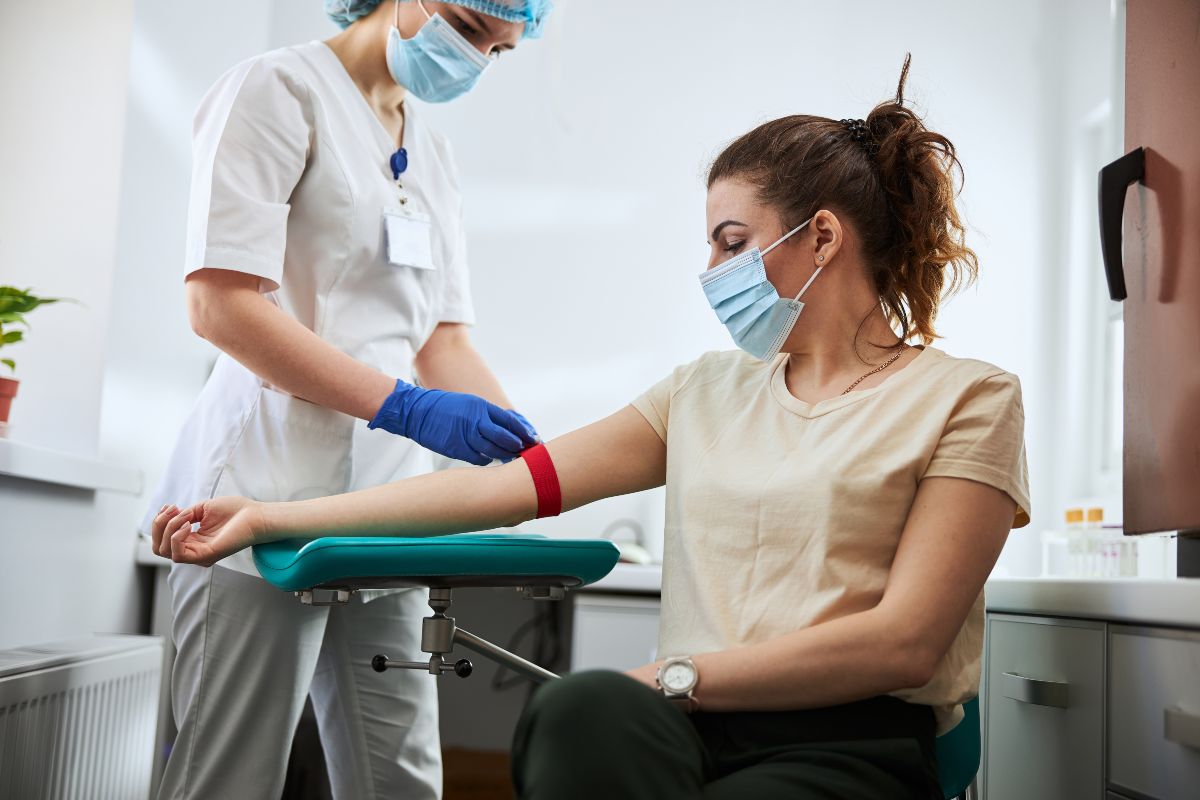Mobile Integrated Healthcare is a broad and somewhat confusing term as it often operates differently from place to place in order to meet a community’s unique needs.
In 2016, the National Association of Emergency Medical Technicians (NAEMT) and other partnering organizations updated their vision statement that defines and clarifies MIH: “Mobile Integrated Healthcare – Community Paramedicine (MIH-CP) is the provision of healthcare using patient-centered, mobile resources in the out-of-hospital environment.
MIH-CP may include, but is not limited to, services such as: increasing access to care in underserved areas; providing telephone advice to 9-1-1 callers instead of resource dispatch; using community paramedics or other specially trained EMS practitioners for management of high healthcare system utilizers or patients at risk for hospital admission or readmission, chronic disease management, preventive care or post-discharge follow-up visits; and transporting or referring patients to a broad spectrum of appropriate care, not limited to hospital emergency departments.”[1]
In addition, some programs provide treatment on the scene after a 9-1-1 call either via telehealth or a qualified medical professional.
Most MIH-CP programs choose to focus on just one or two of these mobile services.
Consistent with its ongoing push for innovation, in 2021, CMS launched a 5-year payment model that reimburses EMS for two MIH-CP services: transportation to alternative locations and treatment on the scene via telehealth or a medical professional. Under this payment model, aligned financial incentives would allow “EMS to evolve from a transportation service to a fully integrated component of our nation’s healthcare system.”[1]
Case studies on various applications of MIH show promise for reducing emergency department ED visits, providing cost-effective access, and promoting population health.
Reduce ED Visits and Minimize Over Utilization
We know that change in healthcare is driven by change in payment. With Medicare insolvency projections as early as 2024, CMS will only be more aggressive in its future efforts to reduce costs. We’ve already seen an increasing number of inpatient procedures shift to outpatient and ambulatory surgery centers, a continued move to site neutral payments, and we could see far fewer ED visits as payment shifts.
- In North Carolina, a small pilot in Wake County produced a very similar result; 1,191 patients were evaluated over the course of the study and only half required transport to the ED.
- In New Hanover County, North Carolina, just 10 patients were responsible for over 700 EMS responses in 2012. With the implementation of MIH-CP, ED visits among the highest utilizers were reduced by 40%.
Provide Cost-Effective Access in Rural Communities
Operating rural hospitals is becoming more and more unsustainable. According to the Cecil G. Sheps Center for Health Services Research, 179 rural hospitals have closed since 2005 and most of those were in southern states. The past two years were some of the worst on record, with 17 closures in 2019 and 20 in 2020.
Now is the time to evolve and reimagine healthcare delivery because operating rural hospitals is increasingly unsustainable and, at the same time, protecting rural healthcare and providing much-needed local access to care is critical.
In Abbeville County, South Carolina, a community paramedicine program provides in-home preventive care to patients who often don’t have any form of health insurance or a primary care provider. When the South Carolina Rural Health Research Center reviewed the program in 2015, they found a 58.1% decrease in emergency room visits and 60% decrease in inpatient stays among the 75 enrolled patients.
Promote Population Health
Healthcare payment continues to shift away from a fee-for-service model to one that is more focused on value. In the future, the bottom line will depend less on the number of services provided and more on the overall health of the patient population.
MIH-CP is a great example of the type of future collaboration that will be necessary to improve patient health while reducing costs. A pilot in New Hanover County, NC sought to reduce re-admissions at New Hanover Regional Medical Center. Community paramedics conducted home visits to provide clinical assessments, safety checks, disease and nutrition education, and even some treatments for the 824 enrolled patients. After one year, the re-admission rate among the patients enrolled in the pilot was seven percentage points less than the re-admission rate for the hospital overall.

As healthcare transformation advances, Mobile Integrated Healthcare – Community Paramedicine will be a more sustainable solution for rural communities. Payment models will continue to shift care to the least expensive site, and population health will be prioritized over volumes. Expanding the role of this existing resource is a proven, effective method to reduce cost, increase access, and move population health forward.
______
[1] https://nasemso.org/wp-content/uploads/MIH-CP-Vision-Statement-updated-05May2016.pd










